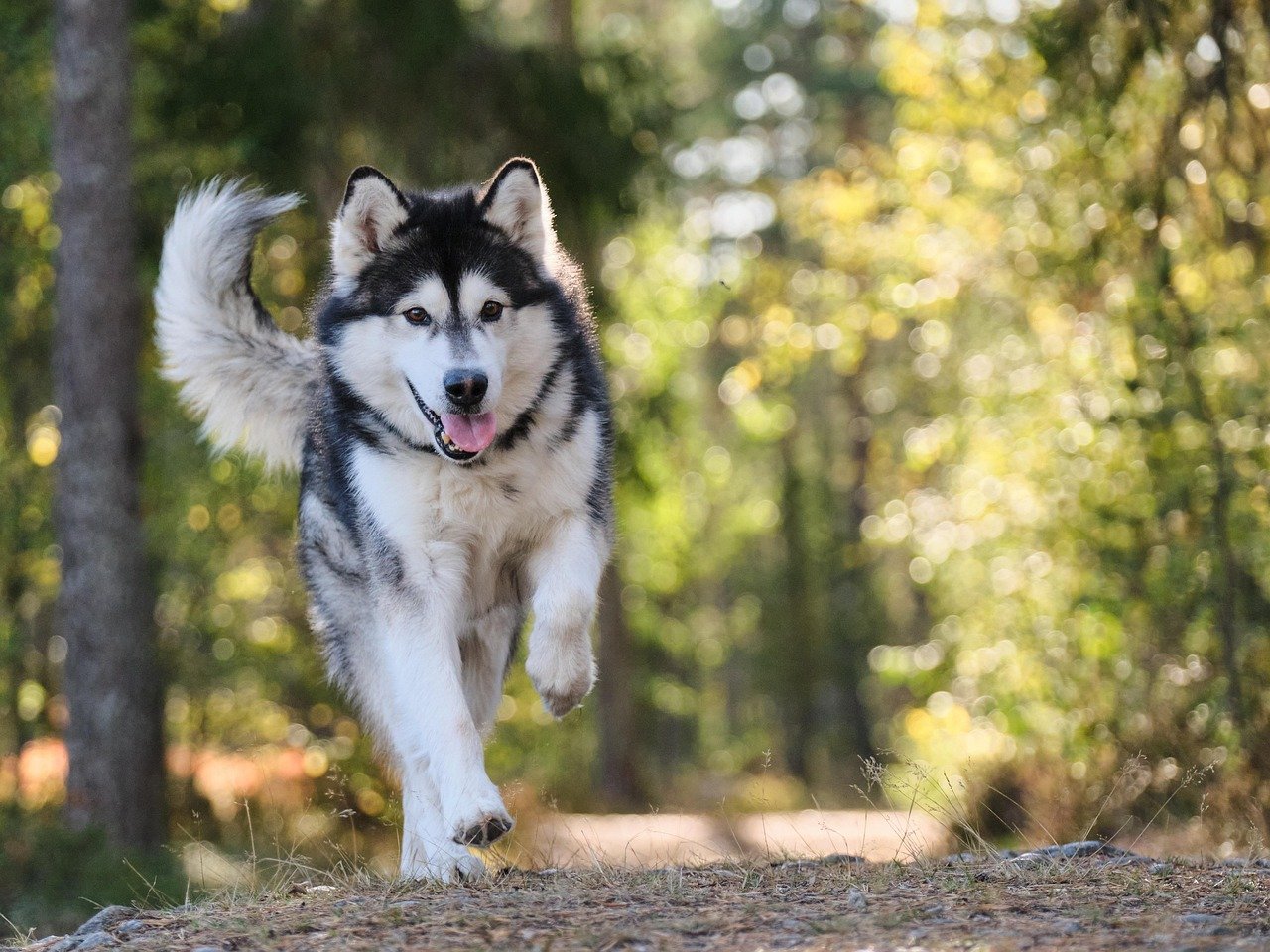Picture this: thousands of years ago, long before Instagram existed to showcase adorable puppy pics, ancient peoples were already bringing their four-legged companions across frozen landscapes into what would become America. These weren’t just pets – they were survival partners, hunting buddies, and the original emotional support animals. The story of how dogs first arrived in the Americas reads like an epic adventure novel, complete with ice bridges, nomadic tribes, and canines that would become the ancestors of breeds we know and love today.
What’s absolutely mind-blowing is that recent genetic research has completely rewritten the book on American dog history. Scientists used to think they had it all figured out, but DNA analysis has revealed plot twists that would make any mystery writer jealous. The relationship between ancient American dogs and modern breeds isn’t as straightforward as anyone imagined, and the truth is far more complex and fascinating than the simple migration story we once believed.
When DNA Detectives Uncovered Ancient Secrets
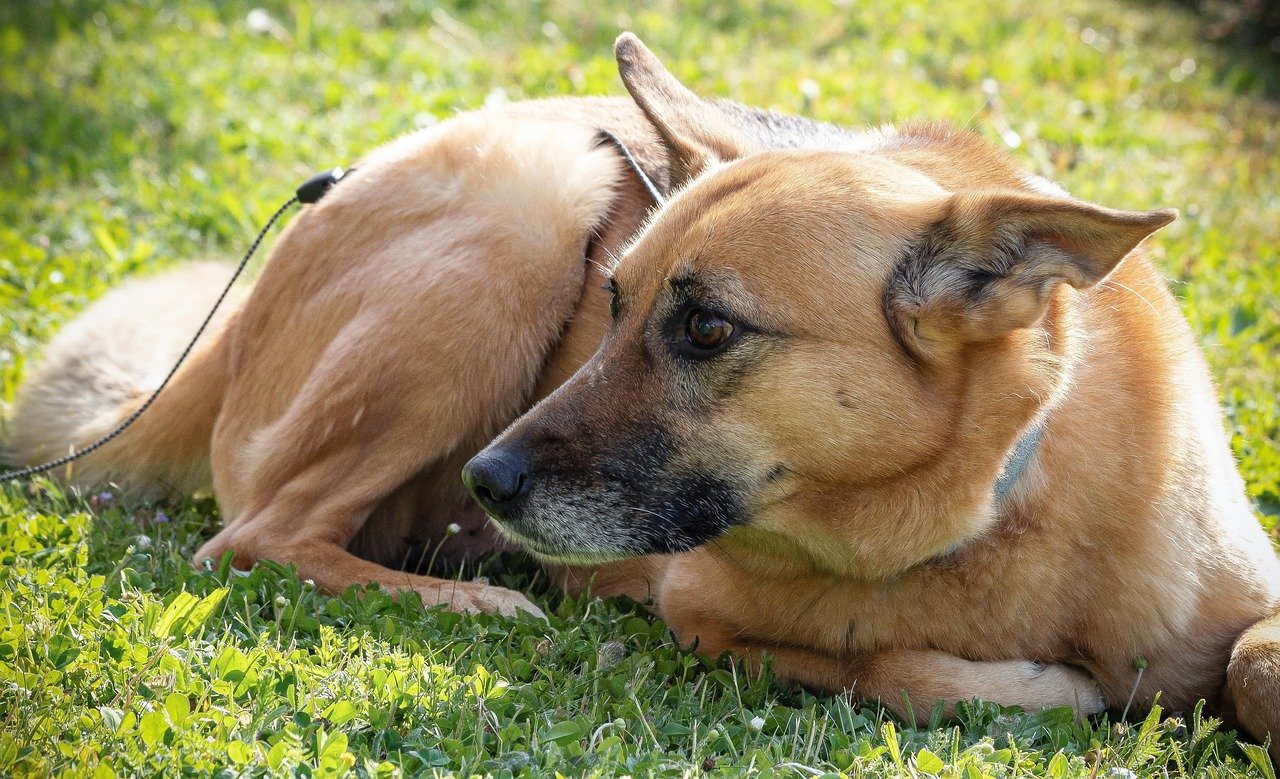
Researchers have become like forensic investigators, but instead of solving crimes, they’re unraveling the genetic mysteries locked inside dog bones that are thousands of years old. Using cutting-edge technology, they’ve extracted DNA from ancient American dog remains and compared it to modern breeds from around the world. The results? Prepare to have your mind completely blown about what we thought we knew about man’s best friend in America.
Scientists have found evidence revealing the rich heritage and history of dog populations in the Americas. The study led by Aurélie Manin from University of Oxford, was published in the journal Proceedings of the Royal Society B: Biological Sciences.
The genetic evidence tells a story that’s both heartbreaking and hopeful. Ancient American dog lineages faced a dramatic population bottleneck – essentially a genetic dead end – but their legacy didn’t disappear entirely. Instead, it got woven into the fabric of modern American dog breeds in ways that scientists are still discovering. Think of it like finding pieces of an ancient puzzle scattered throughout your neighborhood dog park.
The Shocking Truth About Popular American Breeds
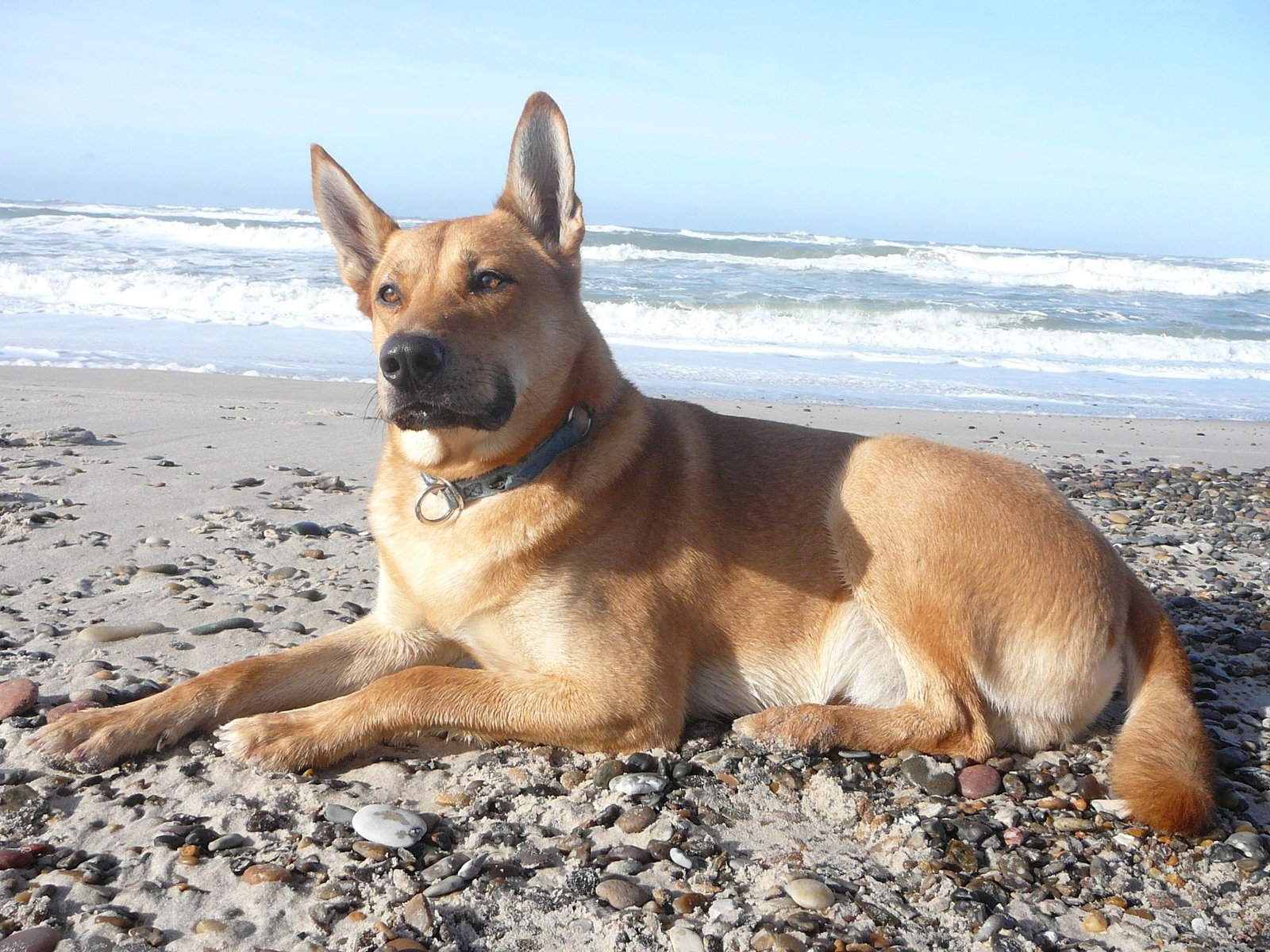
Here’s where things get really interesting: some of America’s most beloved dog breeds have genetic connections that stretch back thousands of years to those original canine pioneers. Breeds that we consider quintessentially American actually carry genetic markers from ancient dogs that crossed the Bering land bridge with early human settlers. It’s like discovering that your family tree has roots you never knew existed, except way cooler because it involves dogs.
The Carolina Dog, sometimes called the American Dingo, represents one of the most direct genetic links to ancient American dogs. These remarkable animals have survived in the wild for generations, maintaining genetic characteristics that connect them directly to pre-Columbian canines. When you see a Carolina Dog, you’re literally looking at a living piece of ancient American history – a four-legged time capsule that somehow survived centuries of change.
What was even more amazing was how the research revealed direct links between modern-day Chihuahuas and their Mesoamerican ancestors.
How European Contact Changed Everything Forever
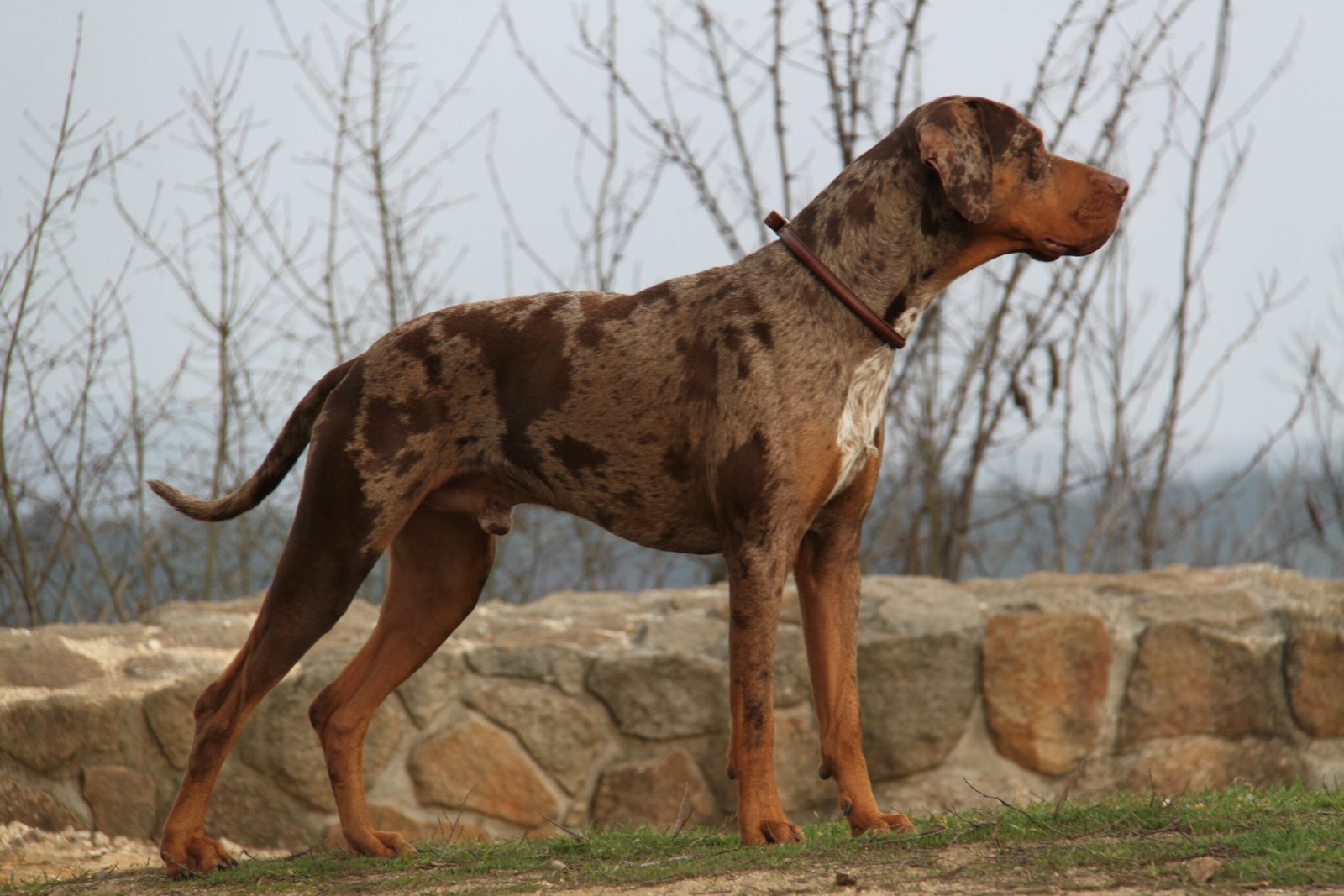
The arrival of Europeans in the Americas wasn’t just a game-changer for human populations – it completely transformed the dog world too. European colonists brought their own breeds, which began interbreeding with native American dogs, creating entirely new genetic combinations. This mixing created some fascinating hybrid vigor, but it also meant that pure ancient American dog lineages became increasingly rare and difficult to trace.
What’s particularly fascinating is how this genetic mixing happened differently in various regions across the Americas. In some areas, European dog genes dominated quickly, while in others, native dog characteristics persisted much longer. The result is a complex genetic landscape where modern American dogs carry varying amounts of ancient American, European, and sometimes even Asian genetic material, creating unique combinations that exist nowhere else on Earth.
Researchers sequenced 70 complete mitochondrial genomes from both ancient and modern dogs across Argentina, Central Chile, and Central Mexico. Their findings reveal that dogs living in these regions before European contact belonged to a distinct lineage that had branched off from North American canines upon reaching South America. The study suggests these dogs migrated gradually southward in a pattern known as “isolation by distance,” likely alongside early farming communities. This canine movement appears to align with the spread of maize agriculture and the expansion of agrarian societies between 7,000 and 5,000 years ago.
The Modern Legacy Living in Your Backyard
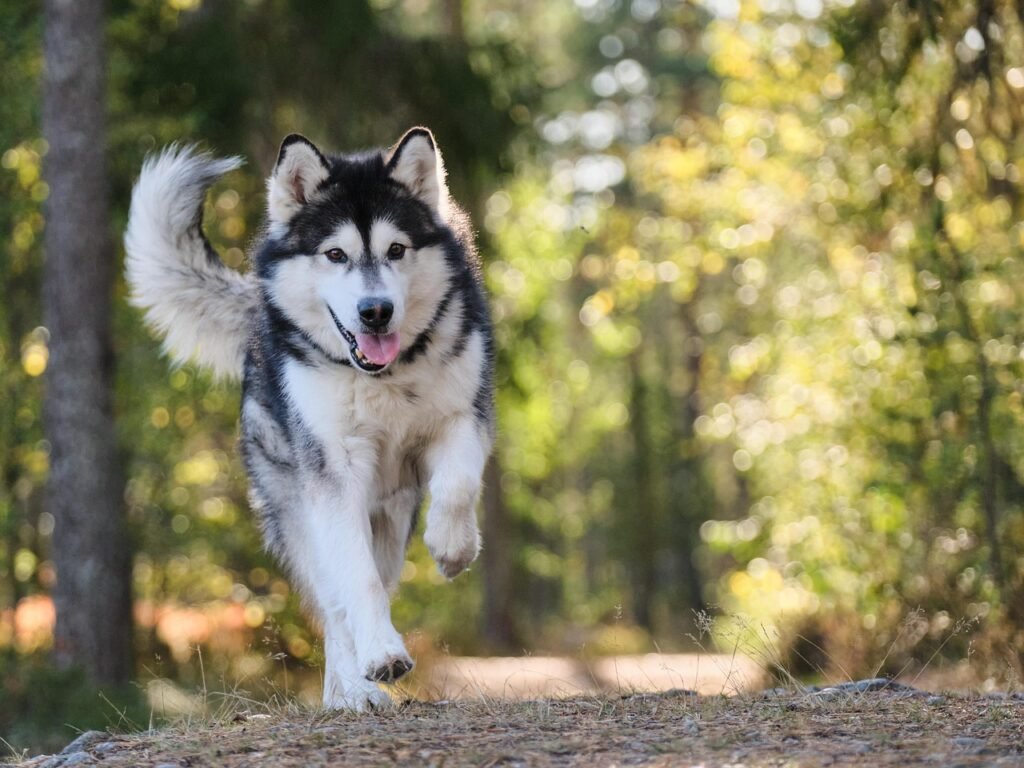
Today’s American dogs are walking genetic libraries, carrying stories written in their DNA that span continents and millennia. Every mutt at the local dog park potentially carries genetic echoes from ancient hunting dogs that once roamed alongside Native American tribes. Even that lovable mixed breed sleeping on your couch might have genetic markers connecting it to dogs that witnessed the rise and fall of entire civilizations.
The research continues to evolve, with scientists regularly making new discoveries about the intricate relationships between ancient and modern dog populations. Each new study adds another piece to this incredible puzzle, helping us understand not just where our dogs came from, but how they’ve adapted, survived, and thrived alongside humans throughout American history. Next time you look at your dog, remember – you might be looking at a descendant of one of America’s first four-legged immigrants.

Andrew Alpin from India is the Brand Manager of Doggo digest. Andrew is an experienced content specialist and social media manager with a passion for writing. His forte includes health and wellness, Travel, Animals, and Nature. A nature nomad, Andrew is obsessed with mountains and loves high-altitude trekking. He has been on several Himalayan treks in India including the Everest Base Camp in Nepal.

